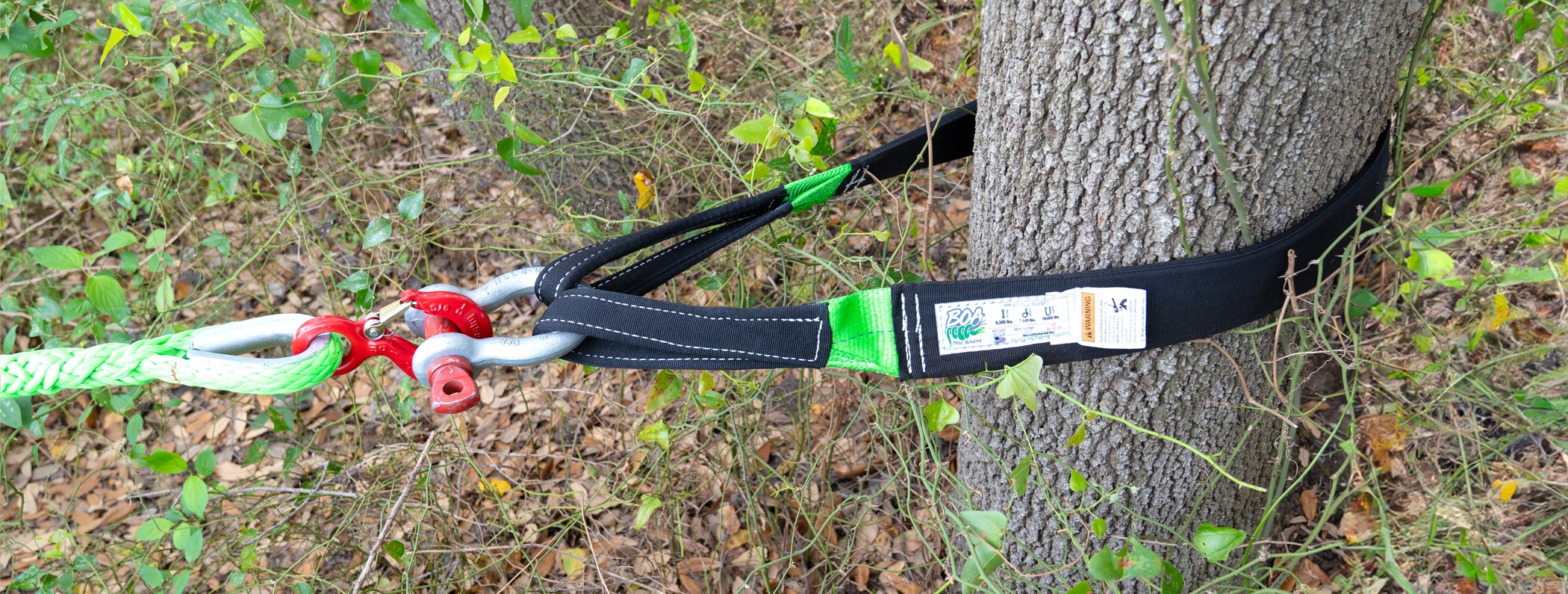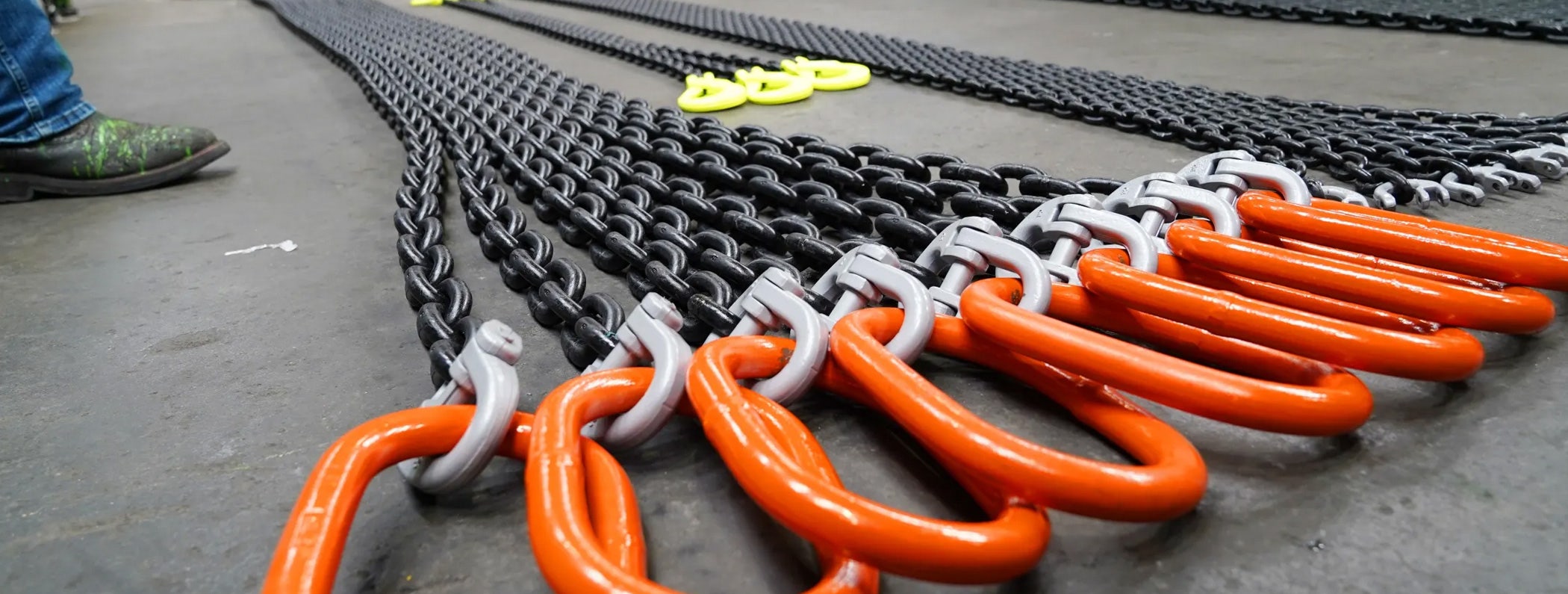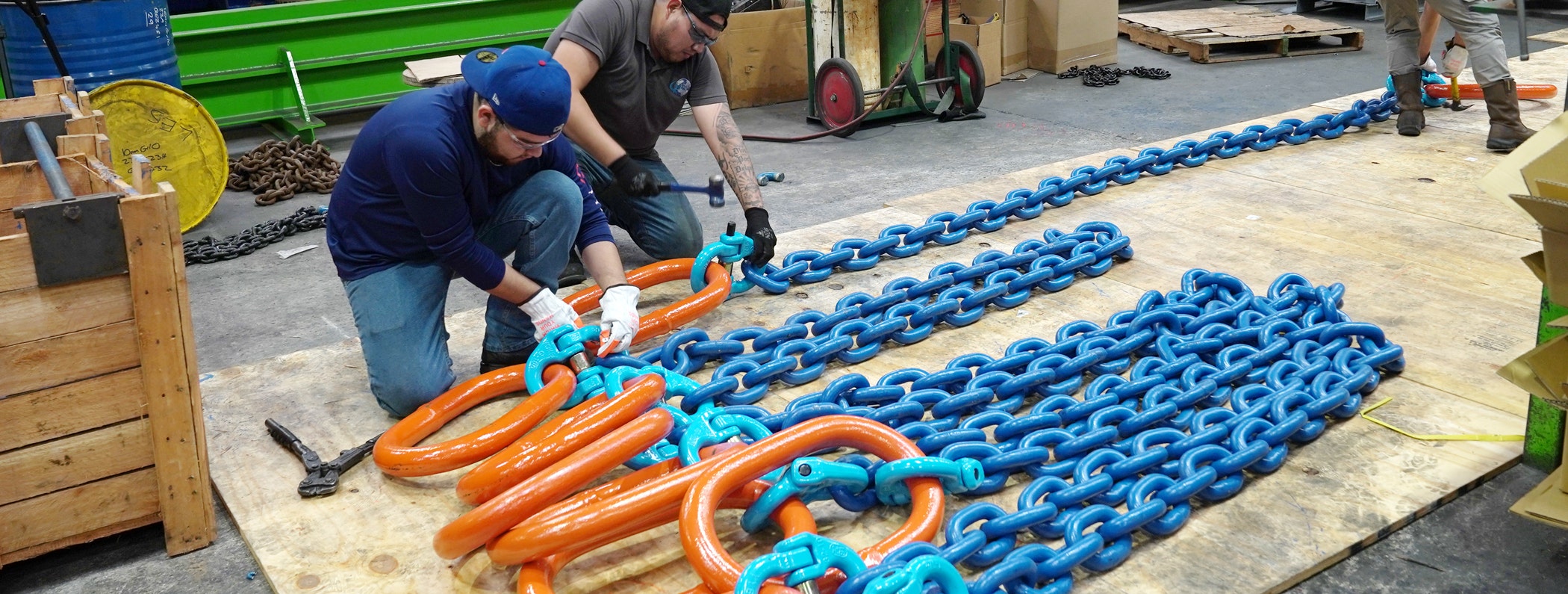What Are Tree Saver Straps and How to Choose Them? All You Need to Know

Off-roading can be fun until it isn’t. That’s right! It can help you find solace with nature, especially for grease monkeys. And there is no shortage of tranquil and fun off-roading locations in the US. But, as fun as it sounds, off-roading can also turn into – well, not so much fun if your 4X4 vehicle gets stuck.
Fortunately, there are a few winching devices that will keep the off-roading fun going should your vehicle get stuck. One of the essential pieces of off-road gear includes tree saver straps. They are commonly used to anchor trees when winching a stuck vehicle. These simple flat sling-like straps do precisely what their name says, protect the tree when winching your stuck vehicle.
However, most off-road driving enthusiasts often forget about tree saver straps, how they work, and why they are important. So, here we are going to discuss tree saver straps in as much detail as we can. Let’s get down to it.
What Is a Tree Saver Strap?
A tree saver strap, also called a tree protector strap, helps rig your winch line to a tree. Made from nylon or polyester webbing, it comes with looped ends. You have to use a D-shackle to connect the winching rope to the strap. It is suitable for winching because it stores energy under stretch. So, they are also called non-elastic straps.
Sometimes, a tree saver strap can come with an additional layer of nylon or polyester webbing. As tree protector straps come with various rated capacities and sizes, you will have to choose one based on your requirements.
Each tree saver strap also comes with an information tag. It provides users with details like rated load capacity, date of manufacturing, and usage guidelines. If this tag is worn out, don’t use the strap. Moreover, using a tree saver strap with lower rated capacity or without knowing the safe use can be dangerous.
Tree Saver Strap Vs Recovery Strap
People often use the terms tree saver straps and recovery straps interchangeably. Although both are used in winching, they have very different mechanical properties and specific applications. Let’s see how these two similar-looking winching straps are actually quite different.
-
Tree Saver Strap
- Designed to rig the winching rope to a tree, boulder, or tree stump.
- It is a non-elastic strap. It won’t stretch when rigged.
- It protects the tree from damage.
- It shouldn’t be used to strap to a tree, not a vehicle for winching.
-
Recovery Strap
- It looks just like a tree saver strap.
- It has elastic properties specifically designed to recover a stuck vehicle from mud, rock, boulder, or mud.
- It essentially acts like a giant rubber band, pulling the stuck vehicle towards it.
- It should be used if only you are using another car to pull out a stuck vehicle.
Why Use a Tree Saver Strap?
Of course, the tree saver strap protects a tree from the damage caused by a winching rope. But, it also protects you from a potential accident. If the winching rope cuts too deep into the tree or snaps without protective gear, it can endanger everyone’s safety. And you don’t want to get even a scratch while off-roading in a remote location.
What to Look For When Using a Tree Saver Strap?
When selecting a tree saver strap, you need to be careful. If you choose the one with the wrong specifications, you could end up damaging your vehicle, or worse, getting hurt. So, when you go shopping for a tree protector strap, keep the following things in mind.
- Breaking Strength: Breaking strength determines how much the strap can hold. It can be anywhere between 5,000 to 50,000 Make sure to check with the manufacturer before buying a tree saver strap. Always use a tree protector strap with a higher breaking strength to ensure safety. If the tree protector snaps when winching, it could end up hurting someone.
- Durability: Most manufacturers offer warranties on all off-road gear, including tree saver straps. Usually, buying straps from well-known brands is a good idea. A second-rate tree protector will only land you in hot waters.
- Length: Tree protector straps come in all sizes, and so do trees. It is usually better to have a longer strap in your off-road gear. You can use it to rig your winching rope to trees, large and small alike. But, it will take up larger storage space in your trunk.
- Weight: You may have to choose a longer strap depending on your application. However, remember that longer straps will weigh more. It could be challenging to handle heavy tree saver straps, especially by yourself and on uneven terrain.
When Should You Replace Your Tree Saver Strap?
Tree saver straps are durable, and they may not go through frequent usage. However, they will wear out eventually. To ensure your safety, you need to keep an eye out for the revealing signs of damage. If you see any of the following signs, make sure to replace your tree saver strap immediately.
- A cut, fraying, or chaff anywhere on the strap.
- Damaged safety tag.
- Chemical or heat burns or damage.
- Frayed or otherwise damaged loops.
- Discoloration of the nylon or polyester webbing.
How to Maintain Your Tree Saver Strap?
You must have realized by now that the tree saver strap is an invaluable addition to your off-road gear. It’s also an expensive one. So, you wouldn’t want to go through too many of them every year. Moreover, it’s a safety risk to use a tree saver strap that hasn’t been well maintained. To keep your straps in excellent working condition, you need to do the following.
- Always use warm soapy water. Remember to use mild soap.
- Soak a strap in the water for a few minutes.
- Push the nylon webbing together with your hands and slowly remove the dirty.
- Use clean soap water and rinse the strap again.
- Hang dry the strap. But avoid placing it in direct sunlight.
- Always roll your strap and store it in a cool, dry area.
In Conclusion
As you can see, your off-road gear is incomplete without a tree saver strap. However, you will need to consider a lot of things when it comes to choosing a strap. Hopefully, this short guide will help you in this regard.
Holloway Houston sells different types of industrial rigging and lifting material, including tree saver straps. You can browse through our vast inventory both online or offline. For more details, check out our online store or reach out to our experts.
Shop Online Tree Saver Straps







